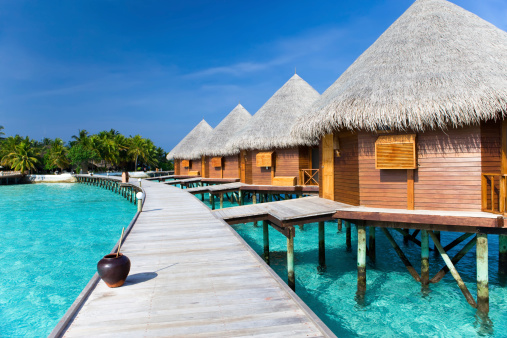
Introduction
The relationship between India and the Maldives has been a rollercoaster ride, marked by diplomatic tensions and controversies. Let’s delve into the recent developments and explore why resolving differences is crucial for both nations.
Background
- Social Media Spat: Prime Minister Narendra Modi’s posts promoting tourism in the Lakshadweep islands sparked an online war of words, leading to heightened tensions between India and the Maldives1.
- Change of Regime: Since President Mohamed Muizzu came to power last November, the bilateral relationship has faced challenges.
Recent Developments
- Deadline for Indian Military Personnel: President Muizzu set a May 10 deadline for India to withdraw its military personnel from the Maldives. Around 80 Indian personnel were stationed there to operate helicopters and an aircraft.
- Veiled Reference to Pro-China Tilt: External Affairs Minister S Jaishankar emphasized that India-Maldives ties are based on “mutual interests” and “reciprocal sensitivity.” This statement comes amid concerns about the Maldives’ pro-China stance.
- Competent Indian Technical Personnel: The Indian military personnel have returned, replaced by competent Indian technical personnel. Both countries continue to collaborate on humanitarian and medevac services.
Why It Matters
- India’s Strategic Position: As China’s influence grows in the region, resolving disputes with the Maldives is essential for India’s primacy in its near waters.
- Easing Tensions: President Muizzu’s visit to India signals a desire to ease tensions. Strengthening ties benefits both nations, especially in areas like development partnership and capacity building.
Conclusion
Navigating the complexities of India-Maldives relations requires diplomatic finesse. Finding common ground and addressing differences will pave the way for a more stable and cooperative future.
Leave a Reply